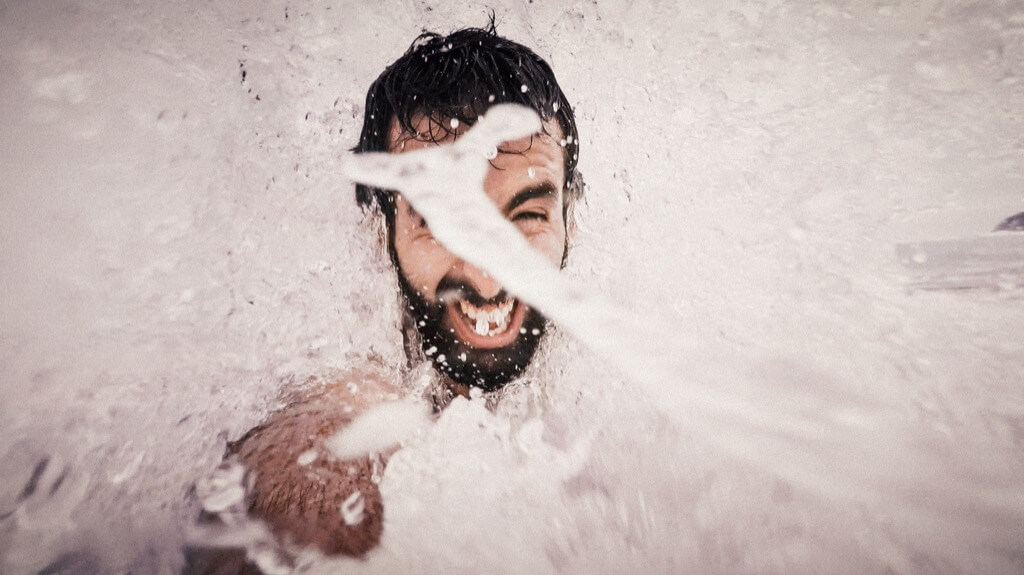
In the annals of marketing history, there are campaigns that soar to remarkable heights and others that crash and burn in spectacular fashion. One such campaign, the MagiCan, was conceived by the cola giant Coca-Cola in the early 1990s and was meant to be the shining star of their “Magic Summer ’90” promotion. Picture this: hidden cash prizes ranging from $5 to $500, along with free Coke coupons, concealed within 750,000 cans out of the hundreds of millions distributed during that summer. It sounded like a recipe for success, but little did they know that this ambitious endeavor would turn into an unforgettable marketing disaster.
Coca-Cola, known for its innovative marketing strategies, decided to create something truly magical. They patented a unique mechanism that would eject a surprise prize as soon as the can was opened, christening these cans as “MagiCans.” To prevent water damage to the hidden prizes, the section of the can housing the mechanism was sealed off, and the remaining space was filled with chlorinated water to match the weight of a regular Coca-Cola can. As an extra precaution against leaks, they added ammonium sulfate to the water, creating a pungent smell reminiscent of stink bombs to alert customers to any potential issues.
From the very beginning, the MagiCan campaign encountered challenges and ethical concerns. Coca-Cola chose an unconventional way to announce the campaign by mailing sample MagiCans to journalists in March of that year. These cans contained cash prizes and vouchers for free Coke, sparking debate about whether it was ethical to send what amounted to under-the-table cash to members of the media in exchange for reviews and publicity.
Undeterred, Coca-Cola launched the campaign officially on May 7th, with pre-campaign promotions that included distributing paper cups with prize stickers at various fast-food chains and sponsoring New Kids On The Block concerts throughout the summer. It was clear that Coca-Cola was going all-in to make “Magic Summer ’90” a memorable season.
The Unpleasant Surprises
Almost immediately after the campaign began, reports started pouring in about defective MagiCans. Some had soggy pop-up prizes, while others leaked and had faulty pop-up mechanisms. Customers who were unaware of the promotion unwittingly tasted the foul-smelling liquid inside regular Coke cans, leading to a wave of complaints. Surprisingly, Coca-Cola had failed to mention the promotion anywhere on the cans themselves, leaving consumers in the dark.
The real blow to the campaign came with the story of a young boy named Zachary Gendron, who was supposedly hospitalized after ingesting the liquid from a MagiCan. This incident has been widely embellished over the years, with some sources even claiming that Zachary had been seriously ill or killed by the noxious liquid.
In reality, there was no danger to Zachary. The water inside the MagiCans, despite its odor, was perfectly harmless and contained less chlorine per ounce than a typical swimming pool. Furthermore, Zachary did not swallow the liquid; he immediately spat it out. His hospitalization was a result of his parents’ lack of awareness about the MagiCan promotion. Concerned about the strange liquid in their son’s can, they rushed him to the hospital and alerted the police, fearing product tampering.
Zachary’s case quickly unraveled when the police discovered that the suspicious object in his can was a five-dollar bill. It turned out he had received one of the faulty cans with both leaks and a malfunctioning spring-loaded mechanism. Remarkably, Zachary was more concerned about losing his five dollars than the liquid in the can.
The infamous MagiCan campaign, where Coca-Cola spent a staggering $100 million intentionally filling Coke cans with water that smelled like rotten eggs, has been the subject of countless discussions and analyses over the years. While many aspects of this marketing disaster have been explored, there are still lesser-known facts and details that shed light on the extent of this bizarre episode in Coca-Cola’s history.
The Water Was Safe to Drink: Despite the unpleasant smell, the water inside the MagiCans was perfectly safe to drink. It contained less chlorine per ounce than a typical swimming pool, ensuring it posed no health risks. This fact further highlights the unusual nature of the campaign.
International Ambitions: The MagiCan campaign was not limited to the United States. Coca-Cola had plans to launch it internationally, with discussions of expanding to Canada and other countries. Fortunately, these plans never materialized, sparing more potential PR disasters.
The “Exploding” MagiCans: Some reports claimed that MagiCans had “exploded” upon opening. While this may be an exaggeration, there were instances of the spring-loaded mechanism malfunctioning, causing contents to spill out unexpectedly.
Hidden Coupons: In addition to cash prizes, some MagiCans contained coupons for free Coke. These coupons were part of Coca-Cola’s strategy to promote its products further and engage consumers during the summer promotion.
Campaign Artwork: The artwork on the MagiCans was designed to be whimsical and magical, featuring imagery of wizards, stars, and other enchanting elements. This design choice aimed to evoke a sense of wonder and excitement when opening the cans.
Consumer Confusion: Due to the lack of clear labeling on the cans, many unsuspecting consumers opened MagiCans without realizing they were part of a promotional campaign. This led to confusion and frustration among those who just wanted a regular Coke.
Legal Troubles: Coca-Cola faced potential legal issues related to the MagiCan campaign. In addition to consumer complaints, they had to address concerns about environmental implications, such as the disposal of the non-recyclable cans.
Limited-Time Offer: The Magic Summer ’90 promotion was a limited-time offer, running from May to August of that year. It was designed to capture the spirit of summer and make Coca-Cola the beverage of choice for the season.
MagiCan Collectors: Despite the campaign’s failure, some collectors avidly sought out MagiCans as novelty items. These cans, with their unique design and history, have become sought-after memorabilia for Coca-Cola enthusiasts.
Legacy of Caution: The MagiCan campaign left a lasting legacy within Coca-Cola. The company became more cautious about unconventional marketing strategies and focused on maintaining the quality and integrity of its products.
Lessons Learned
The MagiCan campaign serves as a cautionary tale in the world of marketing. It’s a vivid reminder that even the most ambitious and well-intentioned ideas can go awry if not executed carefully. Coca-Cola’s failure to adequately test the MagiCan mechanism and communicate the promotion to consumers were critical missteps that led to its downfall.
Despite the MagiCan’s ignoble end, it remains a quirky footnote in the history of marketing, showcasing the risks and rewards of innovative thinking in the corporate world. While “Magic Summer ’90” may not have been the success Coca-Cola envisioned, it certainly left an indelible mark on the memories of those who witnessed this unusual campaign.
In the summer of 1990, Coca-Cola embarked on a journey to create magic with its MagiCan campaign, but what unfolded was a story of unexpected challenges, ethical dilemmas, and bizarre twists. From mailing cash-filled cans to journalists to the unpleasant surprises inside the MagiCans themselves, this campaign was anything but ordinary.
While the MagiCan campaign may have fizzled out, it serves as a lesson in the world of marketing – a reminder that even the biggest companies can stumble when they don’t pay attention to the details. As we look back on this quirky chapter in Coca-Cola’s history, we’re reminded that sometimes, even the best-intentioned magic tricks can take an unexpected turn. So the next time you crack open a can of your favorite soda, just remember the curious case of the MagiCan and the summer of ’90 when Coca-Cola tried to sprinkle a little magic into our lives.
